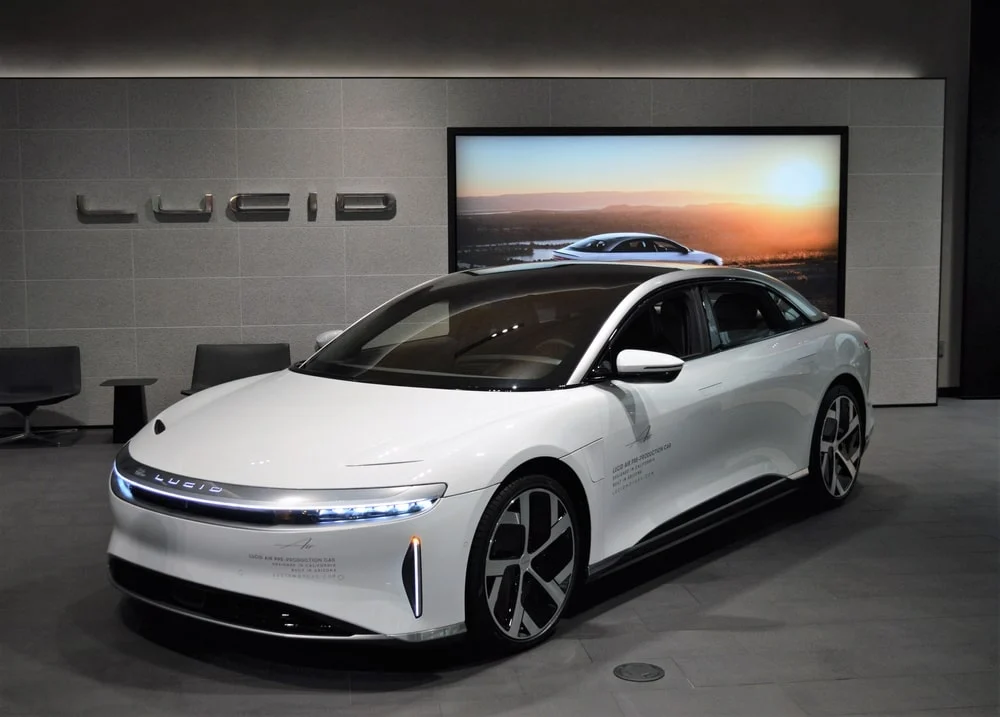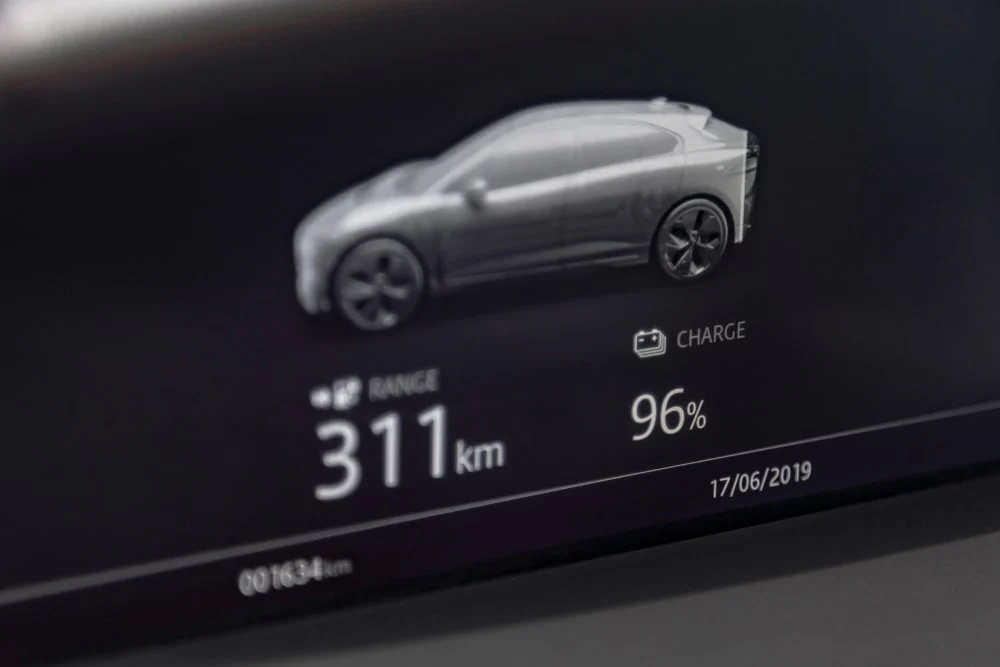
Range of electric cars and growing consumer adoption
In 2022, electric car sales surpassed 10 million units. This represents a 55% increase compared to 2021. Despite record sales, many still worry about the range of electric vehicles.
According to our Mobility Monitor report, around 40% of potential EV drivers are concerned about not being able to charge when needed and fear running out of power on the road. While these fears are understandable, they're often unnecessary.

How far can electric cars go?
As of December 2022, the average electric vehicle has a range of 348 km (216 miles). However, the actual range depends on the vehicle, battery state of charge, driving behavior, and weather conditions.
Back in 2011, only three all-electric models were available, with ranges between 100 km and 150 km (63 to 94 miles). Today, the median range has significantly increased.

Longest range EV
The Lucid Air Dream (Range Edition) currently holds the title for the longest-range EV, with an estimated real-life range of 685 km (425 miles) under moderate driving conditions.

For example, the Lucid Air Dream claims a minimum range of 505 km (313 miles) in cold weather and up to 960 km (596 miles) in mild city conditions.
Top-5 EVs with the longest range
Here’s a quick overview of the top 5 EVs with the longest range:
| 1. Lucid Air Dream Edition |
645 - 685 km (401 - 425 miles) |
| 2. Lucid Air Grand Touring |
665 km (413 miles) |
| 3. Mercedes EQS |
565 - 640 km (351 - 397 miles) |
| 4. Tesla Model S |
550 - 570 km (342 - 354 miles) |
| 5. Lucid Air Pure |
560 km (348 miles) |
|
Disclaimer: Data from EV Database. Range based on moderate driving style and climate conditions, real-life values may differ.
|
Â
Shortest range EV
On the other end of the spectrum, the smallest EV is the Smart EQ fortwo Cabrio, with a range of 95 km (59 miles) on a single charge. It charges quickly—only 55 minutes at 22 kW.

The growing range of EVs
Back in the early days, the Nissan LEAF had a range of about 160 km (100 miles). Today, the 2023 Leaf offers up to 341 km (212 miles). New models like the Hyundai Kona, Volkswagen ID.4, and Kia EV6 offer 400-500 km (249-310 miles).
This growth is due to more powerful and cheaper batteries. As battery prices drop, EVs are expected to reach cost parity with gasoline cars by 2026.

What affects the driving range for EVs?
The size of the battery is a major factor, but other elements like driving speed, temperature, and use of electrical features also impact range.
Driving speed
The faster you drive, the quicker the battery drains.
Temperature
Cold weather increases battery drain.
Electrical-powered features
Using heating or cooling systems affects range. Renault provides a tool for its ZOE e-Tech Electric to simulate this.

Best EV range
An EV range over 600 km (372 miles) is possible, but it's not always necessary. A good range meets the driver's needs.
Most people don't come close to exhausting their EV's range in a day. For instance, the average American drives about 59.5 km (37 miles) daily. In Europe, this varies by country but is usually lower.

Range of electric cars should match your driving behavior
Most daily commutes don’t even approach an EV’s maximum range. Plus, EVs can be charged overnight or while at work, reducing range anxiety.

Many EVs now include features like DTE (Driving to Empty), which estimates remaining range based on current conditions.
What is DTE?
DTE stands for Driving to Empty and gives an estimate of how far you can go on the remaining charge. It's based on driving style, state of charge, and conditions.
Some EVs warn drivers before reaching a charging station, and others like the Nissan Leaf enter "turtle mode" when low on charge.
Do electric cars lose range over time?
Yes, but not as fast as feared. Most EV batteries last 15-20 years or 100,000-200,000 miles. Battery degradation is gradual, averaging about 2.3% per year.

Manufacturers typically provide an 8–10-year battery warranty, longer than the standard 5-year warranty for combustion engines.
Find out more about EV charging
Driving an EV is different from driving a gas car, especially when it comes to charging. Learn more about EV charging, costs, and the differences between Level 1, 2, and 3 charging in our guide.
Subscribe to our newsletter and stay updated on the latest innovation in EV technology.
Â
Â









